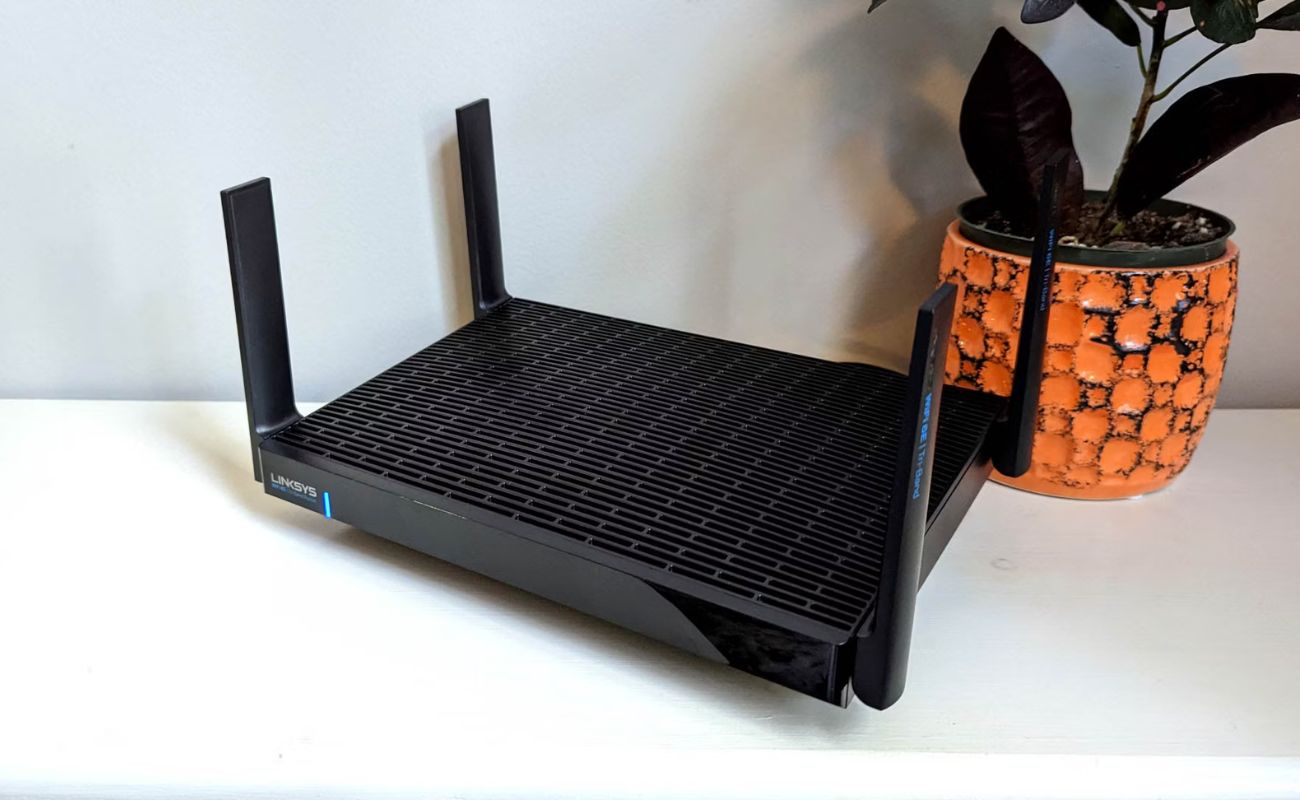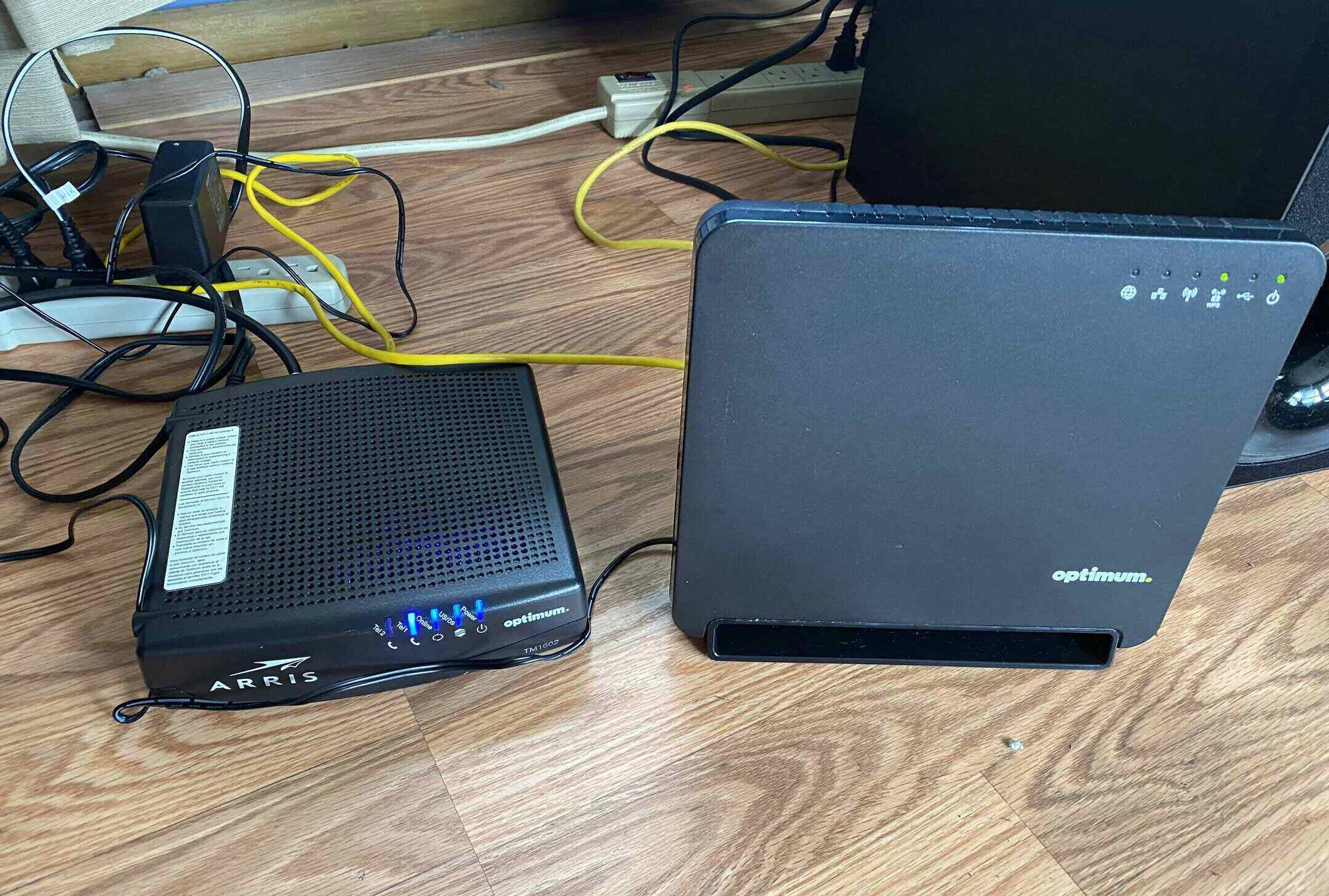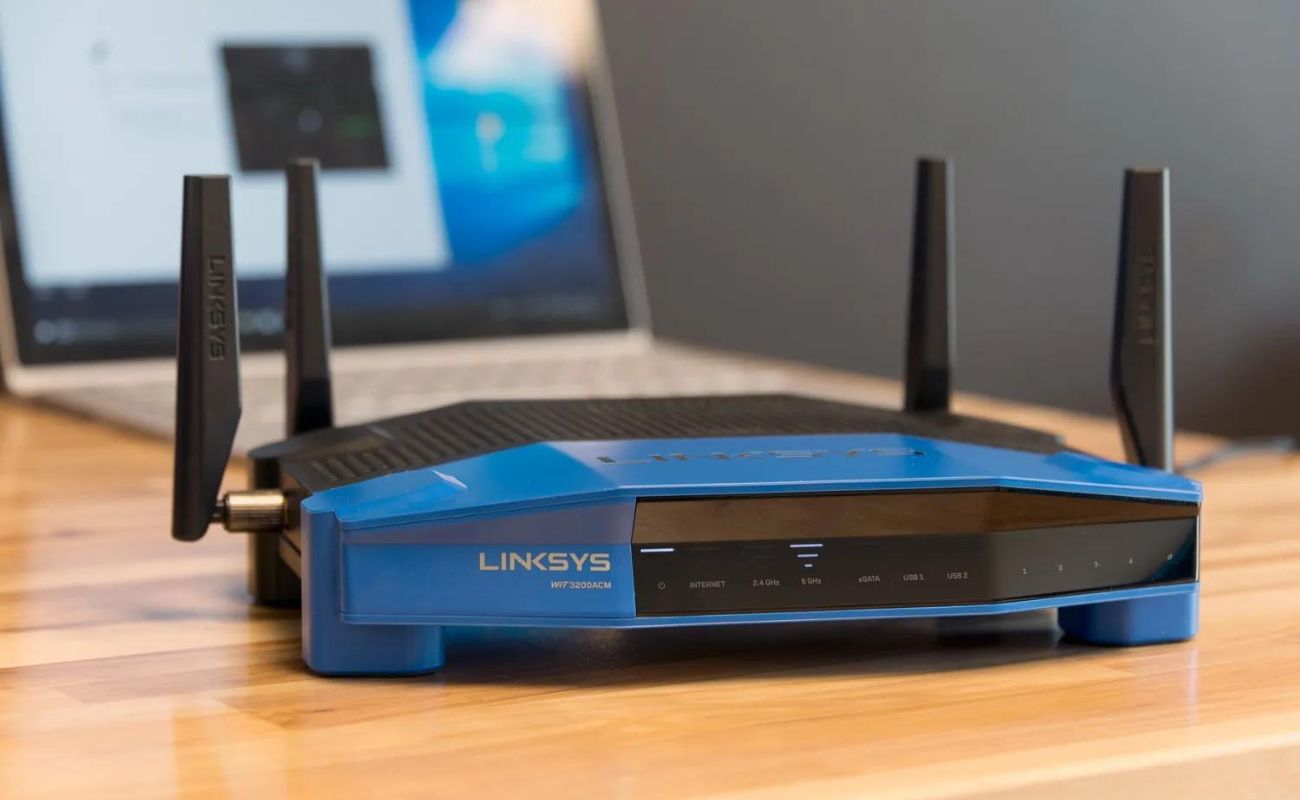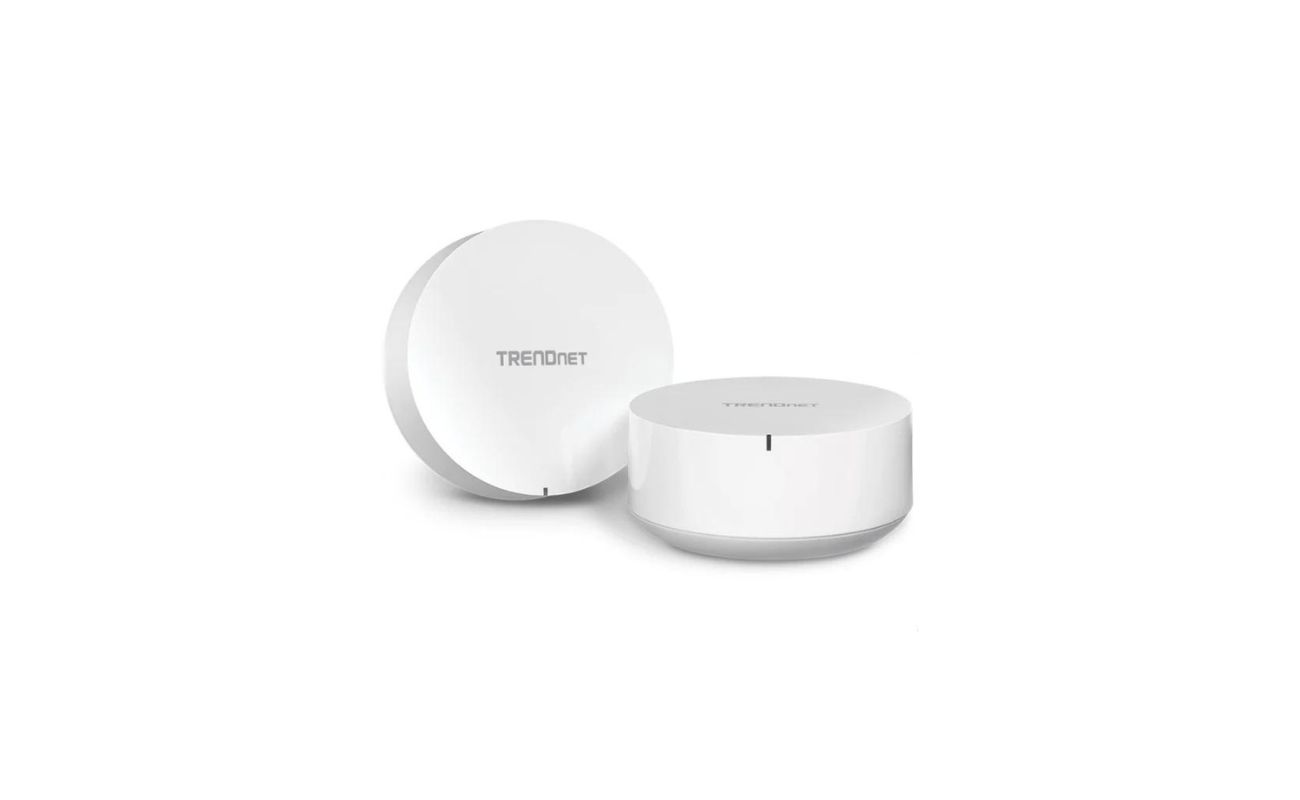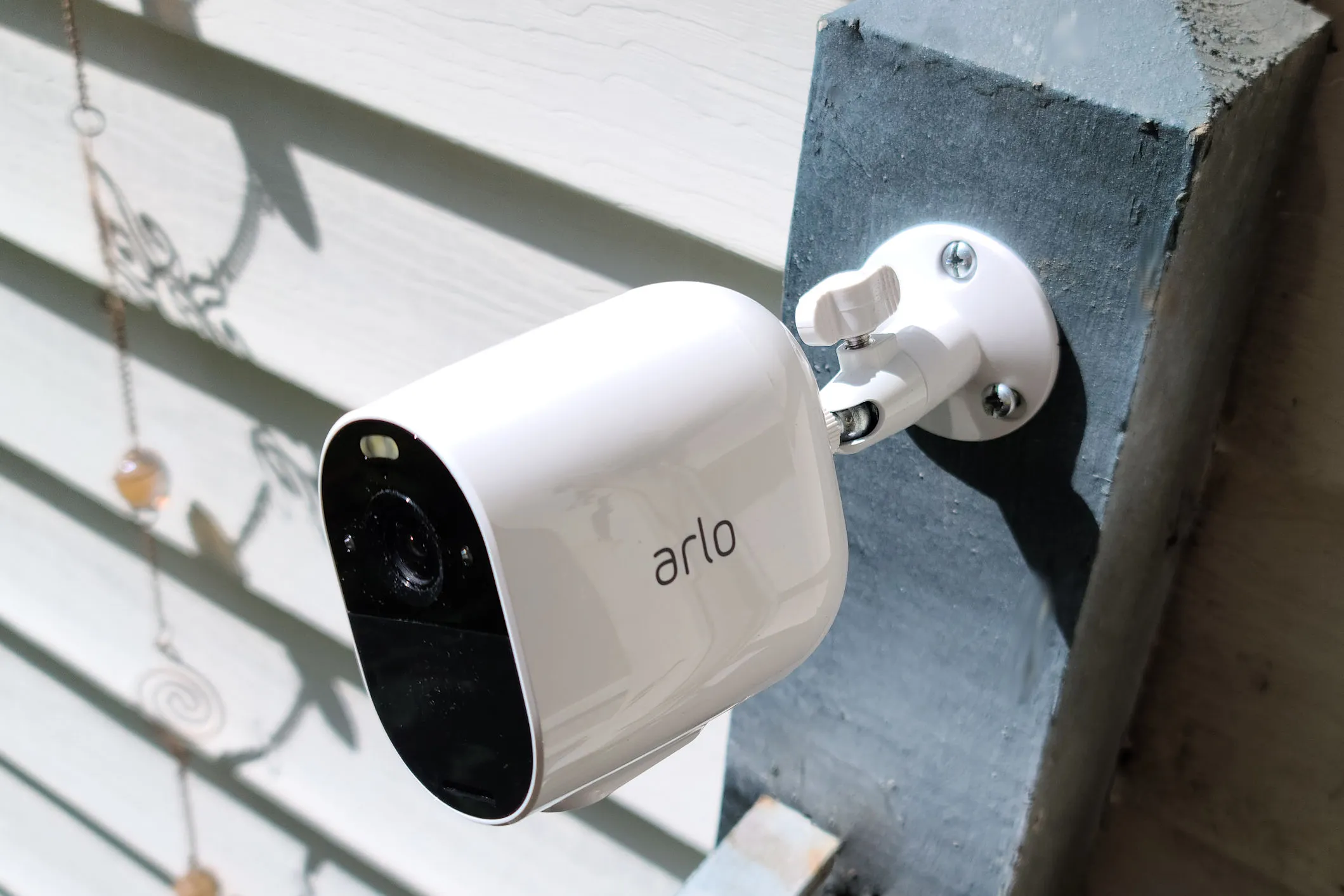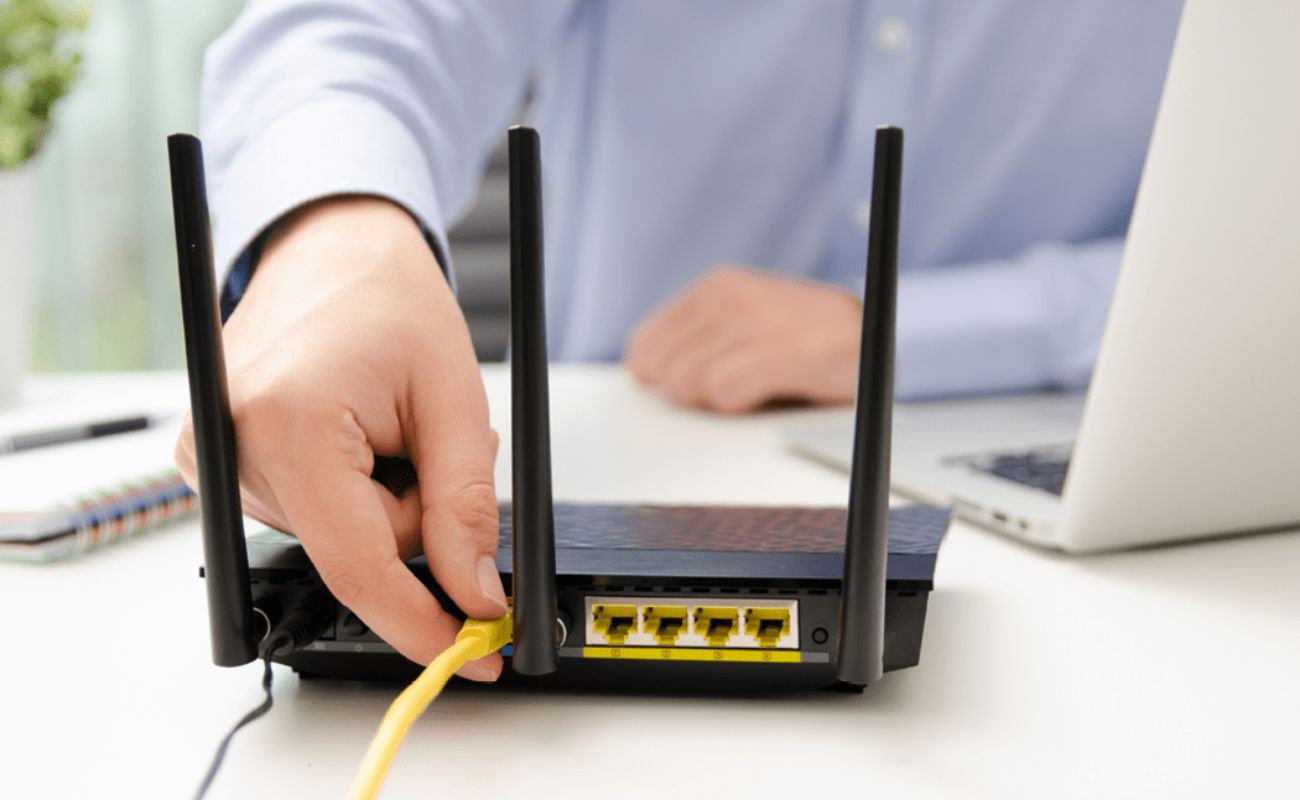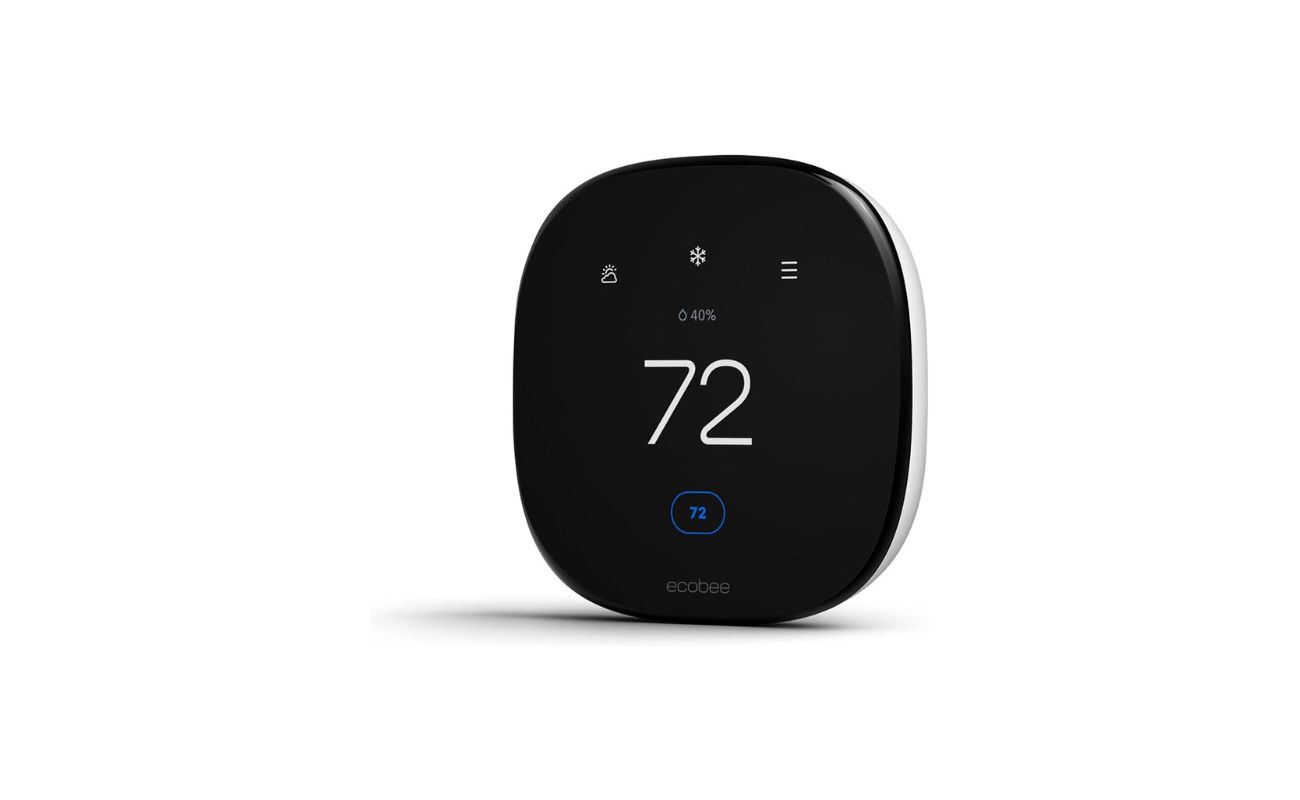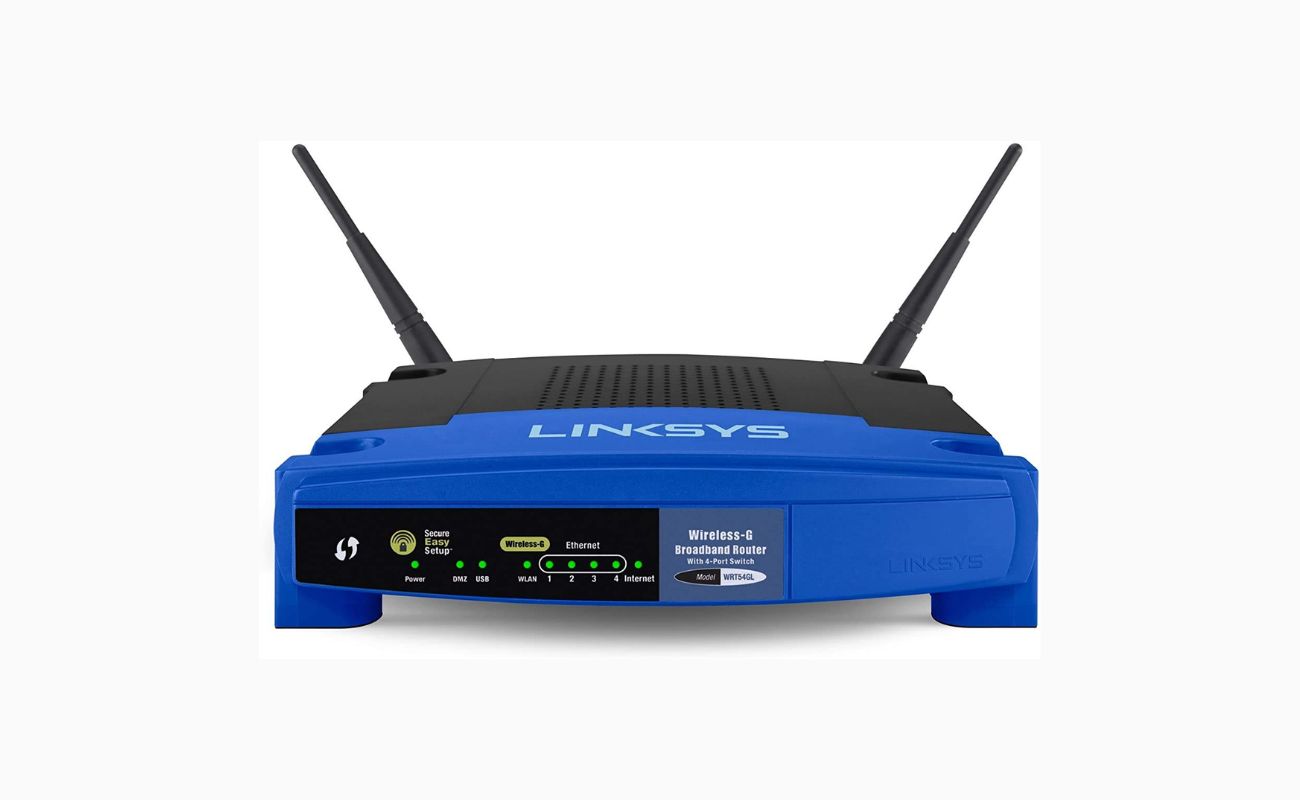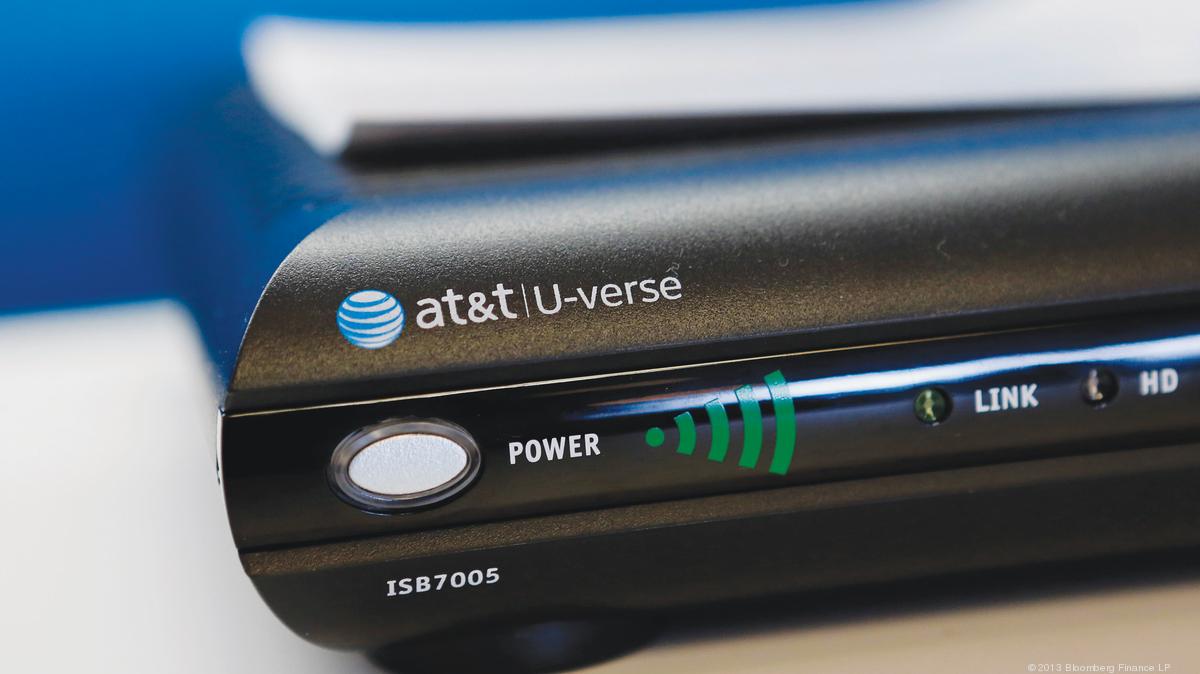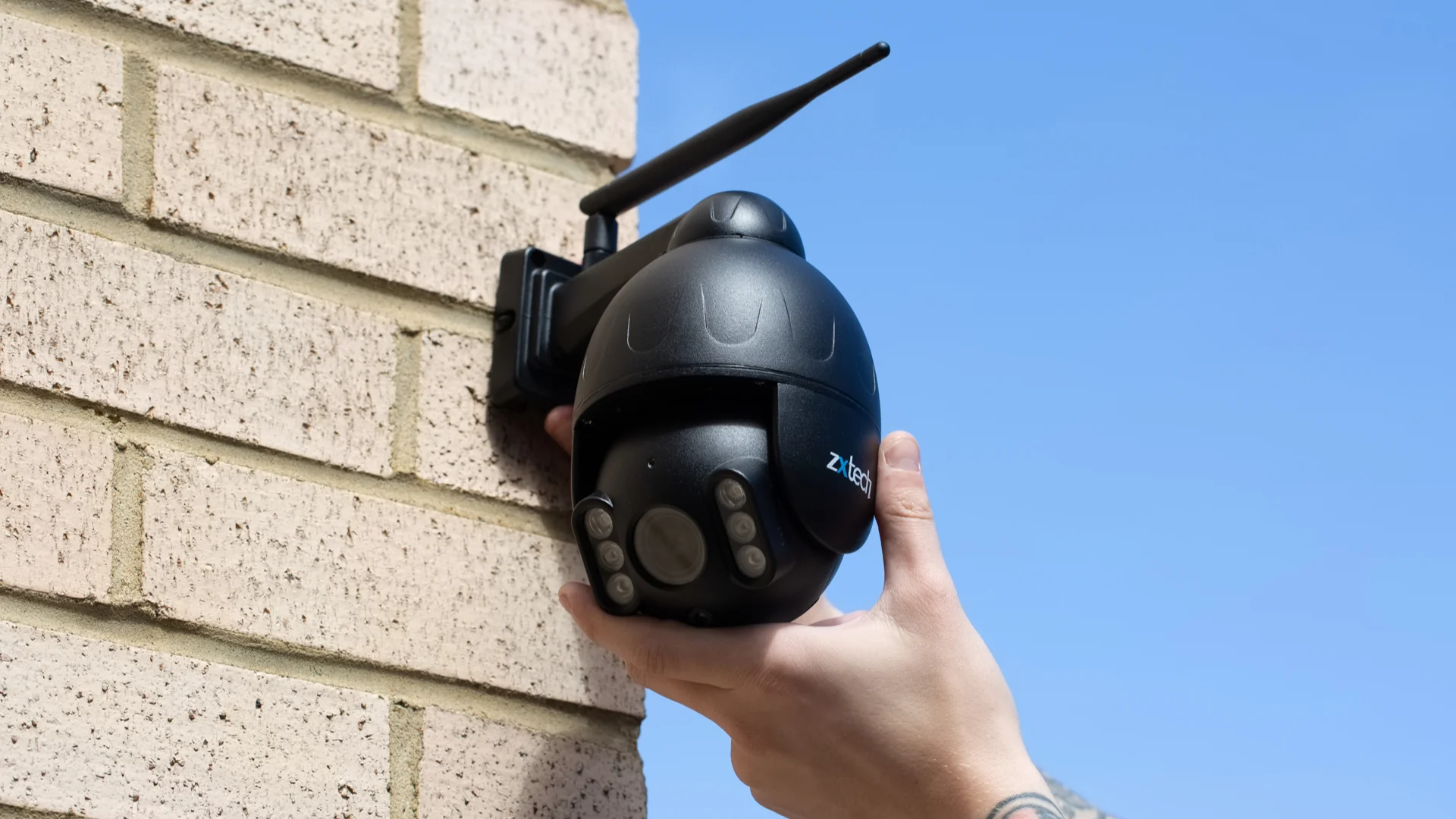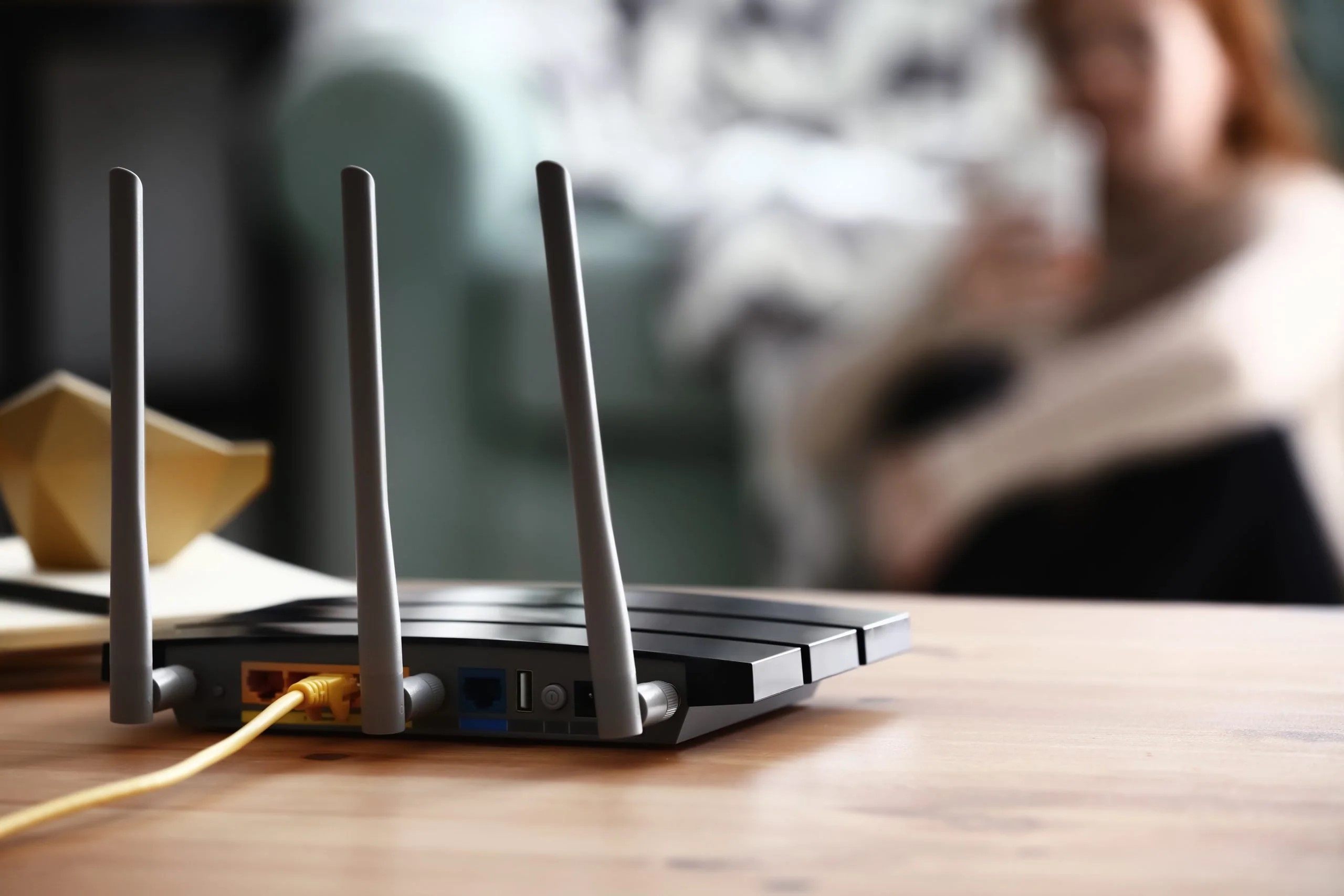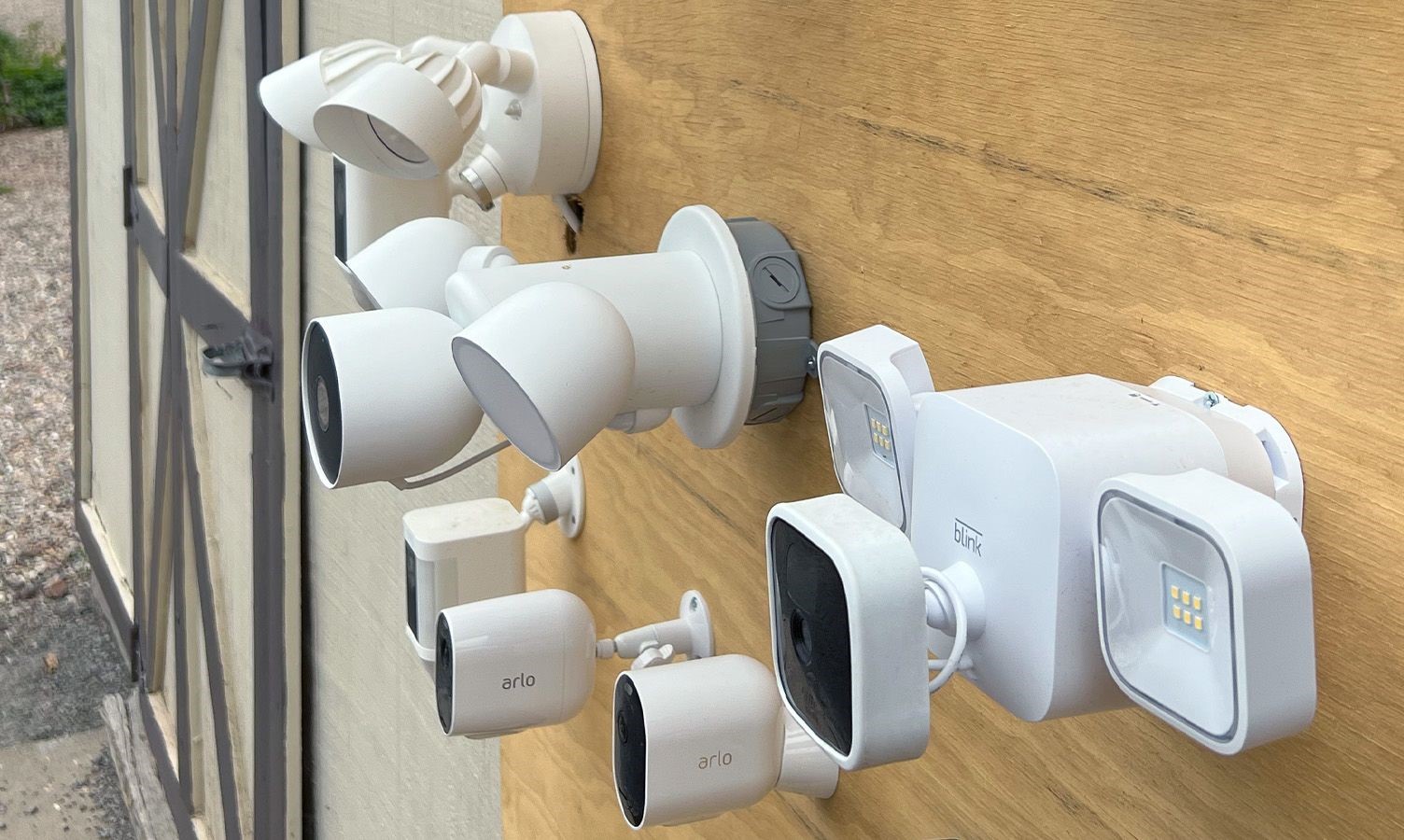Home>Home Security and Surveillance>Which Wi-Fi Security Protocol Provides The Optimum Level Of Wireless Security


Home Security and Surveillance
Which Wi-Fi Security Protocol Provides The Optimum Level Of Wireless Security
Modified: March 6, 2024
Discover which Wi-Fi security protocol offers the highest level of wireless security for your home. Enhance your home security and surveillance with the best protocol.
(Many of the links in this article redirect to a specific reviewed product. Your purchase of these products through affiliate links helps to generate commission for Storables.com, at no extra cost. Learn more)
Introduction
Home security is a primary concern for homeowners around the world, and with the increasing popularity of wireless networks, it has become essential to establish robust Wi-Fi security protocols. These protocols are designed to prevent unauthorized access, protect sensitive information, and ensure the privacy of your home network.
In this article, we will explore the different Wi-Fi security protocols available and discover which one provides the optimum level of wireless security for your home. Understanding these protocols will empower you to make informed decisions about securing your Wi-Fi network and protecting your home and loved ones.
As technology evolves, so do security measures, and it is important to stay updated with the latest Wi-Fi security protocols to safeguard your home network. Let’s delve into the world of Wi-Fi security and explore the various options available to you.
Key Takeaways:
- WPA3 is the latest and most advanced Wi-Fi security protocol, offering stronger protection against unauthorized access, individualized data encryption, and enhanced security for open Wi-Fi networks. It’s the best choice for maximum wireless security.
- WPA2 is the current industry standard for Wi-Fi security, providing robust encryption, secure key exchange, and individualized data encryption. It offers the highest level of security among the available protocols and is highly recommended for safeguarding your home network.
Read more: Which Wireless Security Protocol Uses AES
Background on Wi-Fi Security Protocols
Before we dive into the specific Wi-Fi security protocols, let’s first understand the importance of securing your wireless network. Wi-Fi security protocols are mechanisms put in place to encrypt the data transmitted over your Wi-Fi network, ensuring that only authorized devices can access the network and preventing potential security threats.
In the early days of wireless networking, the primary security protocol used was Wired Equivalent Privacy (WEP). However, as technology advanced, it became evident that WEP was vulnerable to various security breaches, leading to the development of more advanced security protocols.
One such protocol was Wi-Fi Protected Access (WPA), which was intended to replace WEP. WPA introduced stronger encryption methods and improved authentication methods, making it more secure than its predecessor. However, with time, even WPA could be compromised, leading to the development of the most robust security protocol to date: Wi-Fi Protected Access II (WPA2).
WPA2, which is still widely used today, employs the Advanced Encryption Standard (AES) encryption algorithm and provides stronger security measures to protect your wireless network. This protocol has become the industry standard for Wi-Fi security and has proven to be highly effective in preventing unauthorized access.
With the recent advancements in technology, a new security protocol known as WPA3 has been introduced. WPA3 further enhances wireless security by addressing vulnerabilities found in WPA2. It introduces new security features, such as improved encryption algorithms and enhanced security protocols, making it even more secure than its predecessor.
Now that we have a basic understanding of the background and evolution of Wi-Fi security protocols, let’s explore each of the protocols in more detail to determine which one provides the optimum level of wireless security for your home.
WEP (Wired Equivalent Privacy)
Wired Equivalent Privacy (WEP) was the first security protocol widely used in wireless networks. It aimed to provide a level of security equivalent to that of wired networks. However, WEP has since been found to have serious security flaws and is no longer considered secure.
One of the primary weaknesses of WEP is its use of a static encryption key, which makes it susceptible to brute force attacks. Additionally, the encryption algorithm used in WEP, known as RC4, has been found to have vulnerabilities, making it relatively easy for attackers to crack the encryption and gain unauthorized access to the network.
Another weakness of WEP is its weak integrity-checking mechanism, which allows attackers to modify data packets without detection. This can lead to unauthorized access, data interception, and potential privacy breaches.
Due to these security vulnerabilities, it is strongly recommended to avoid using WEP as the primary security protocol for your Wi-Fi network. Instead, consider upgrading to a more secure protocol such as WPA2 or WPA3, which offer stronger encryption methods and improved security measures.
While WEP may still be supported by some older devices, it is crucial to prioritize the security of your network and choose a protocol that provides better protection against potential threats.
In summary, WEP was the initial Wi-Fi security protocol, but it is no longer considered secure due to its significant vulnerabilities. It is strongly advised to avoid using WEP and opt for more robust security protocols such as WPA2 or WPA3 to ensure the utmost protection of your wireless network.
WPA (Wi-Fi Protected Access)
Wi-Fi Protected Access (WPA) was introduced as a successor to WEP to address the security vulnerabilities present in the previous protocol. It offers improved encryption and authentication methods, making it a more secure option for wireless networks.
One of the key features of WPA is the use of a temporary encryption key called the Temporal Key Integrity Protocol (TKIP). TKIP dynamically generates unique encryption keys for each data packet transmitted, which adds an additional layer of security compared to the static keys used in WEP.
WPA also employs a more robust authentication method called 802.1X Extensible Authentication Protocol (EAP). This allows for the use of usernames and passwords, digital certificates, or other authentication protocols to verify the identity of devices connecting to the network.
Another security enhancement introduced in WPA is the Message Integrity Check (MIC), which protects against forged or altered data packets. MIC detects any unauthorized modifications to the data packets, ensuring the integrity of the transmitted data.
However, despite its improvements over WEP, WPA is not immune to security weaknesses. It is still susceptible to brute force attacks and can be compromised if weak or easily guessable passwords are used.
With the introduction of more advanced security protocols like WPA2 and WPA3, which offer stronger encryption algorithms and better resistance to attacks, it is recommended to transition to these protocols if your devices and network infrastructure support them.
In summary, WPA was designed to enhance the security of wireless networks compared to its predecessor, WEP. It introduced dynamic encryption keys, stronger authentication methods, and improved data integrity checks. However, due to the availability of more secure protocols like WPA2 and WPA3, it is advisable to upgrade to these newer protocols for optimum wireless security.
WPA3 is the most secure Wi-Fi security protocol currently available. It provides strong encryption and protection against common attacks, making it the best choice for securing your wireless network.
WPA2 (Wi-Fi Protected Access II)
Wi-Fi Protected Access II (WPA2) is the current industry standard for wireless network security. It builds upon the foundations of WPA and provides even stronger protection against unauthorized access and data breaches.
One of the key advancements in WPA2 is the use of the Advanced Encryption Standard (AES) encryption algorithm, which offers stronger and more secure encryption compared to the TKIP algorithm used in WPA. AES is highly resistant to cryptographic attacks, making it significantly more difficult for attackers to decipher the encrypted data.
WPA2 also implements the 802.11i standard, which specifies a robust security framework for wireless networks. This framework includes Secure Key Exchange, which protects the initial key exchange between devices, and the Counter Mode with Cipher Block Chaining Message Authentication Code Protocol (CCMP), which provides secure encryption and data integrity checks.
Another feature that sets WPA2 apart is the introduction of pre-shared keys (PSK) and enterprise-level authentication. With PSK, users can create their own unique encryption keys, adding an extra layer of security to the network. Enterprise-level authentication, on the other hand, enables the use of a central authentication server, allowing for tighter control and management of user access.
While WPA2 is highly secure, it is not without its potential vulnerabilities. For example, if a weak or easily guessable password is used, it can still be susceptible to brute force attacks. It is vital to choose strong and complex passwords to ensure maximum security for your network.
Overall, WPA2 represents a significant improvement over its predecessors, providing strong encryption, robust authentication methods, and enhanced data integrity. It is highly recommended to use WPA2 as the primary security protocol for your wireless network. However, with the introduction of WPA3, it is worth considering an upgrade if your devices and network infrastructure support it for even better security.
Next, let’s explore the latest Wi-Fi security protocol, WPA3, and its advancements in wireless network security.
WPA3 (Wi-Fi Protected Access III)
Wi-Fi Protected Access III (WPA3) is the latest and most advanced Wi-Fi security protocol available. It was introduced as an upgrade to WPA2 and aims to address the security vulnerabilities that have emerged in wireless networks.
One of the key enhancements of WPA3 is the introduction of the Simultaneous Authentication of Equals (SAE) protocol, also known as Dragonfly. SAE improves the security of the initial key exchange by implementing a more robust and secure password-based authentication method, protecting against offline dictionary attacks.
Another significant improvement in WPA3 is the use of individualized data encryption. With WPA2, all devices on the network share the same encryption key, which means that if one device is compromised, all devices’ data may be at risk. In contrast, WPA3 uses unique encryption keys for each device, isolating their data and preventing unauthorized access even if one device is compromised.
WPA3 also provides stronger protection against brute force attacks. It includes a mechanism that locks out attackers from making multiple failed login attempts, making it significantly more challenging for them to guess passwords and gain unauthorized access. This adds an additional layer of security for your network.
Furthermore, WPA3 enhances security when connecting to open Wi-Fi networks by providing a more secure handshake process. It ensures that data transmitted over these networks is encrypted, protecting your privacy and sensitive information from potential eavesdroppers.
It is important to note that while WPA3 introduces significant advancements in Wi-Fi security, not all devices and routers are currently capable of supporting this protocol. However, as the technology continues to evolve, more devices will become WPA3 compatible, making it a viable and highly recommended option for securing your wireless network.
In summary, WPA3 offers significant improvements in Wi-Fi security, including a stronger initial key exchange protocol, individualized data encryption, enhanced protection against brute force attacks, and improved security for open Wi-Fi networks. As devices become WPA3 compatible, transitioning to this protocol will provide the highest level of wireless security for your home network.
Now that we have explored the key features and enhancements of each Wi-Fi security protocol, let’s compare them to determine which one provides the optimum level of security for your specific needs.
Comparison of Wi-Fi Security Protocols
When it comes to choosing the optimal Wi-Fi security protocol for your home network, it’s essential to understand the strengths and weaknesses of each protocol. Let’s compare the four main protocols: WEP, WPA, WPA2, and WPA3.
- WEP: WEP is the oldest and least secure of the protocols. It is highly vulnerable to security breaches and is no longer recommended for use. It lacks dynamic encryption keys and possesses weak integrity-checking mechanisms, making it relatively easy for attackers to gain unauthorized access.
- WPA: WPA improved upon WEP’s weaknesses by introducing dynamic encryption keys and a stronger authentication method. However, it still has some vulnerabilities, such as susceptibility to brute force attacks and weak password protection.
- WPA2: WPA2 is the current industry standard and offers the highest level of security among the four protocols. It employs the Advanced Encryption Standard (AES) encryption algorithm, individualized data encryption, and more secure key exchange methods. However, it can still be compromised if weak or easily guessable passwords are used.
- WPA3: WPA3 is the latest and most advanced protocol, addressing the security weaknesses of its predecessors. It introduces stronger password-based authentication, individualized data encryption, protection against brute force attacks, and enhanced security for open Wi-Fi networks. However, widespread adoption of WPA3 is still ongoing, and not all devices and routers support it yet.
In summary, WEP should be avoided due to its significant vulnerabilities. While WPA provides better security than WEP, it is recommended to use WPA2 or transition to WPA3 if your devices support it. WPA2 offers robust encryption, secure key exchange, and individualized data encryption. WPA3, being the latest protocol, provides even stronger security features, but its adoption is still in progress.
Ultimately, the choice of protocol depends on the devices you have and their compatibility with the different security standards. It is advisable always to choose the highest level of security available to protect your wireless network and safeguard your sensitive information.
Now that you have a comprehensive understanding of the various Wi-Fi security protocols, you can make an informed decision about which protocol best suits your specific security needs.
Note: It is important to keep your devices, routers, and firmware up to date to ensure optimal security, regardless of the protocol you choose.
Conclusion
Ensuring the security of your home Wi-Fi network is crucial in today’s digital age. By implementing a robust Wi-Fi security protocol, you can protect your network from unauthorized access, data breaches, and potential privacy infringements.
In this article, we explored the evolution of Wi-Fi security protocols from the vulnerable WEP to the more advanced WPA, WPA2, and the latest WPA3. While WEP is no longer considered secure and WPA provides better security, it is highly recommended to use the industry-standard WPA2 or consider transitioning to the more advanced WPA3.
WPA2 offers strong encryption, improved authentication methods, and individualized data encryption, making it highly secure. However, WPA3 brings additional enhancements, such as stronger password-based authentication, protection against brute force attacks, and improved security for open Wi-Fi networks.
When selecting a Wi-Fi security protocol, it is crucial to consider the compatibility of your devices and routers. While WPA2 is widely supported, the adoption of WPA3 is still ongoing. It is also important to keep your devices, routers, and firmware up to date to ensure optimal security.
In conclusion, choosing the optimum Wi-Fi security protocol for your home network requires careful consideration. Evaluate the security features, compatibility, and practicality of each protocol to determine the best fit for your specific needs. By prioritizing Wi-Fi security, you can safeguard your home and loved ones from potential threats and enjoy a safer online experience.
Remember, technology and security measures are constantly evolving, so staying informed and keeping up with the latest advancements in Wi-Fi security will ensure the long-term protection of your network.
Frequently Asked Questions about Which Wi-Fi Security Protocol Provides The Optimum Level Of Wireless Security
Was this page helpful?
At Storables.com, we guarantee accurate and reliable information. Our content, validated by Expert Board Contributors, is crafted following stringent Editorial Policies. We're committed to providing you with well-researched, expert-backed insights for all your informational needs.
